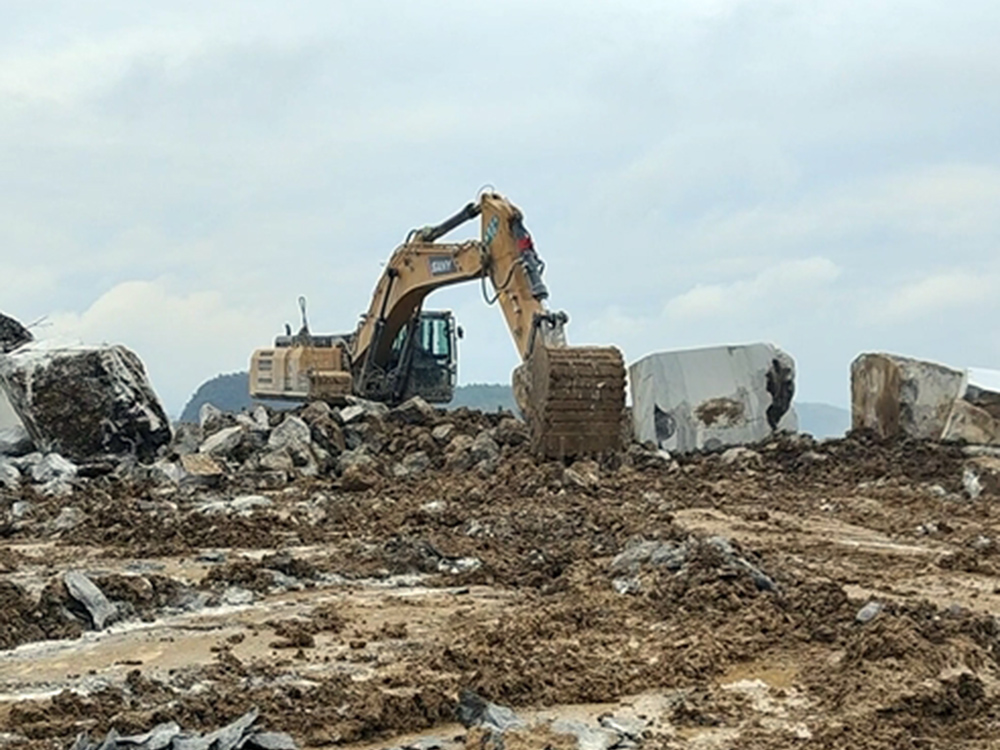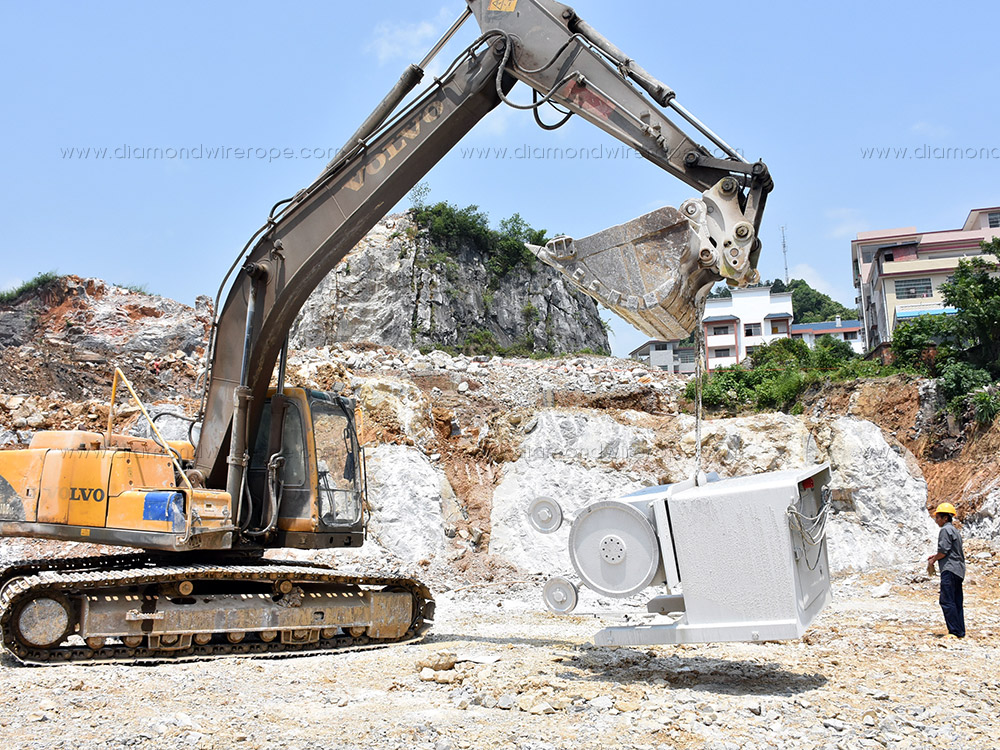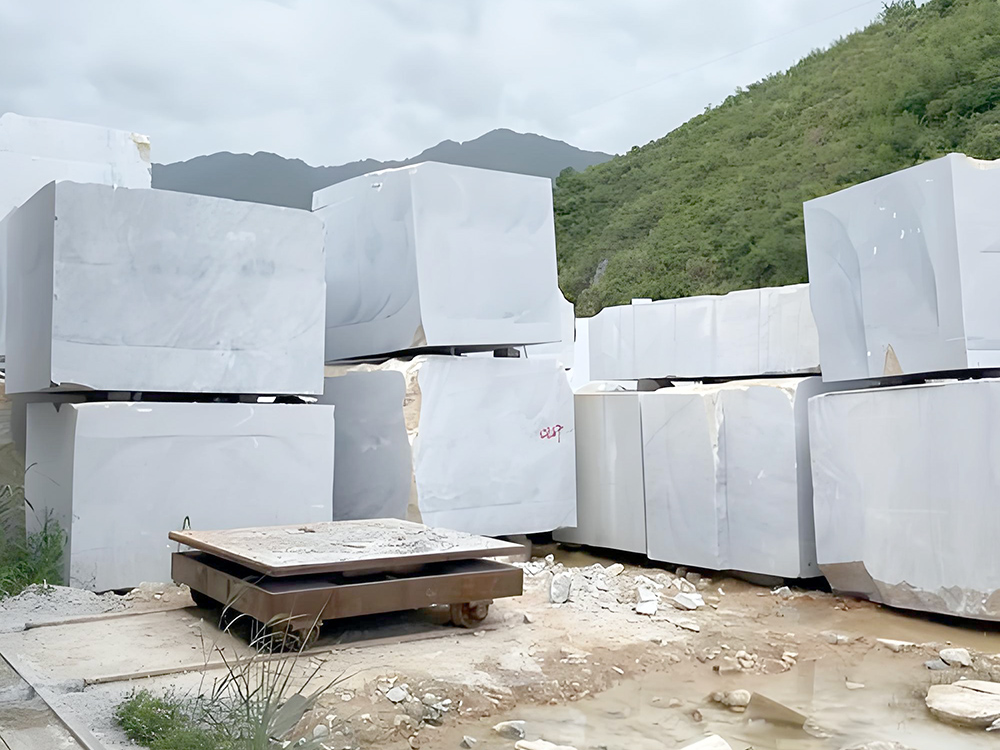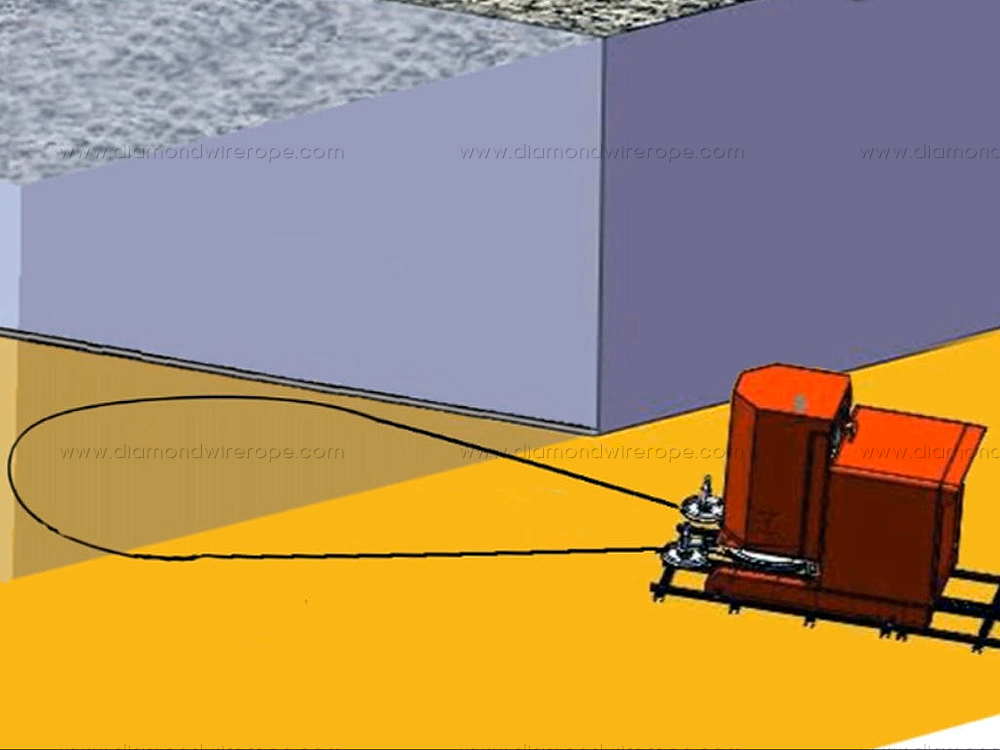Key points before quarrying
Today, let's talk about a crucial task at the initial stage of stone quarry mining - "Key points before quarrying". Simply put, it consists of four major tasks for "laying the foundation" of the quarry: ensuring road access, power supply, water supply, and site leveling. Only by completing these tasks can the subsequent quarrying work be efficient and safe!
1. Road Construction
When starting a quarry, road construction comes first! This road is not an ordinary country lane. It has to withstand the back - and - forth traffic of trucks weighing dozens of tons.
Width: The road should be wide enough, at least 8 meters or more, to facilitate two - way traffic for excavators and transport vehicles. If geographical conditions limit the road width to less than 8 meters, appropriate passing areas should be reserved at suitable sections, and roadside signs should be set up in advance.
Surface: The road surface should be hardened with gravel or concrete to ensure it's not muddy in rainy days and doesn't raise dust on sunny days.
Turns and slopes: Sharp turns and steep slopes are not allowed. The turning radius should be greater than 15 meters, and the slope should not exceed 8%. Safety comes first!

Temporary and permanent roads: If time is tight and the task is heavy, a temporary access road can be built first and then upgraded to a permanent road during the quarrying process.
2. Power Supply
Without electricity, nothing can be done! The power supply in the quarry should not only be sufficient but also stable.
Power source: It's preferable to connect to the national power grid, which offers low - cost and stable power. However, if the quarry is in a remote area, diesel generators have to be used.

Substation and cables: The substation should be located as close as possible to the core working area. Cables and wires should be protected against lightning and leakage.
3. Water Supply
Water is essential for stone quarrying! It's used for dust suppression, equipment cooling, and workers' daily life.
Water source: Groundwater or nearby rivers are the preferred water sources. The water quality must meet the standards. Remember, acidic water can corrode equipment and consumables.

Water storage and treatment: Several large water storage tanks can be built at high places, equipped with filtration devices to turn dirty water into clean water. Wastewater treatment should not be overlooked. Wastewater should be properly settled to avoid polluting the environment near the quarry. Local people can be quite sensitive about environmental issues.
Water pipes: Water pipes should be laid to every working point. In quarries at high altitudes or in cold regions, anti - freezing measures should be taken in winter to prevent the pipes from freezing and failing.
4. Site Leveling
Clearing: Clear all weeds and gravel to create a clean site.
Earthwork balance: Excavate and fill the land as needed. Try to balance the earthwork on - site to reduce the cost of transporting soil.
Ground slope: The ground slope should not exceed 5% to ensure stable placement of equipment and smooth passage of trucks.
Zoning: Clearly divide the site into quarrying areas, processing areas, stockpiling areas, and living areas to avoid conflicts.

Now, let's highlight the key points of "Key points before quarrying":
Compliance: Compliance is the bottom line! All procedures related to land use, power consumption, and environmental protection must be completed.
Safety: Don't cut corners on safety! Build retaining walls and drainage ditches in advance to prevent landslides and mudslides.
Cost - effectiveness: Make phased investments. Don't over - spend at the beginning.
In conclusion, the "Key points before quarrying" are like the "foundation" of the quarry. A solid foundation means a trouble - free quarrying process!
That's all for today's sharing. See you next time!
Finally, I'm Oliver Mo, engaged in the production and sales of wire saws. I hope to become your partner in the field of stone quarrying. See you in the next video.




